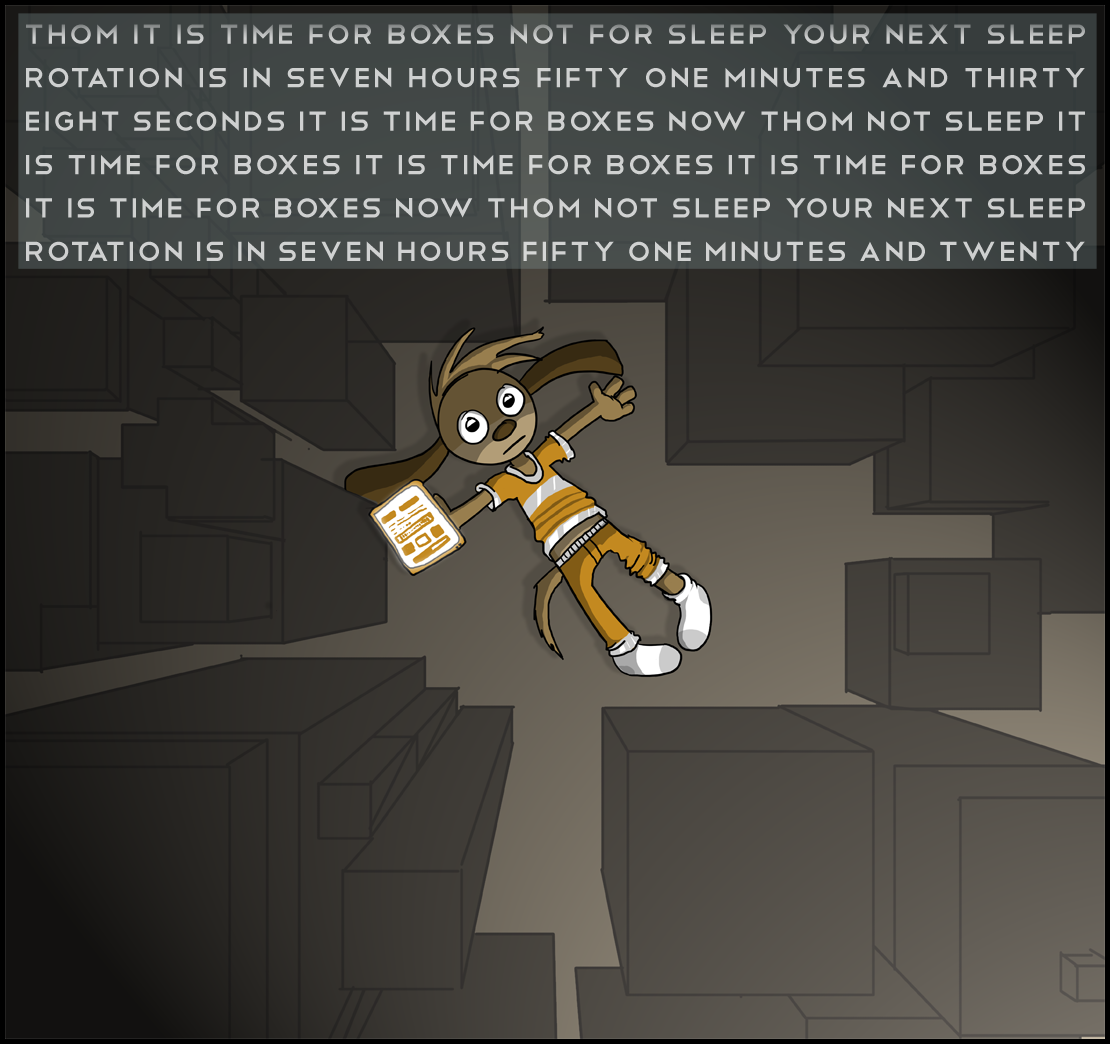There are so many ways to cut costs when you’re retrofitting an old spacecraft for a new job.
A vessel the size of Angel Fish would normally have a minimum complement of dozens of crew members just to keep the core systems running and maintained–let alone to carry out whatever actual work came under the ship’s specification. With many of the critical lower-level processes administered by a ship’s computer–the Salient Core, FTL/chaos calculations, life support, fuel management, short-range navigation, communication, error handling, and so on–the AI driving that computer needs to be set up to understand that ship, that crew, that mission, and so on.
The problem is that the licensing costs for that kind of AI are very high, and setting one up is a specialist task–which costs even more. So, when REZQ acquired the cargo ship that eventually became Angel Fish, one of the earliest decisions made by the company’s Capital Projects subcontractor was a focus on “tightly scoped automation”–an approach to operational capacity more commonly referred to in that field as “putting a brick on the gas pedal”.
What both of these terms eventually describe is the practice of taking a cheap, off-the-shelf AI module already in place onboard, and designed for a much simpler task–say, administering the ship’s cargo–and hacking it into all the ship’s systems. An off-the-shelf AI module provides a lot of the nuts and bolts you need–a reasonable voice interface, a considerable organisational and scheduling engine, basic employee administration and vascometrics management, and readiness to extend into multiple smart industrial/ship systems–without so much of the cost.
But unintended emergent behaviour (or “character creep”) is a feature of almost all AIs who don’t receive the regular personality inoculations from official software patches, and Angel Fish‘s ship’s computer is no exception. In fact, computers that develop (what look like, and could be) stress or anxiety disorders are not unheard of — especially when they’re forced to work continuously and largely outside their original programming, or with crew members whose elevated stress levels feed back into their archive of experience. A former warehouse AI forced to run the entirety of its colossal and complex cargo ship-turned-recovery-vessel alongside a single highly-neurotic crew member is just about the ideal case study for this phenomenon.
